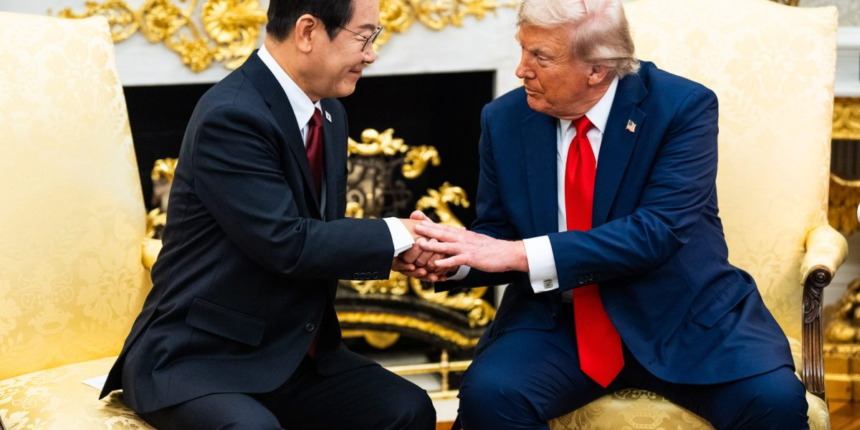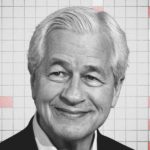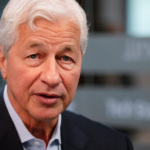But—as is now common under the Trump administration—those good feelings quickly soured. A brewing crisis now threatens the 72-year-old alliance and South Korea’s hosting of the APEC Summit at the end of this month.
The first sign of trouble was the lack of a joint statement at the Lee-Trump summit on August 25. That worried me, given my own experience managing U.S. alliances in Asia: These statements, often produced after the first meetings between presidents, are critical in charting out the path for both governments to follow in the coming years.
Yet for Trump, a deal is a deal. He wants the full $350 billion—and he wants it in cash equity, not loans. He wants complete control over how to invest the money into U.S.-owned companies, and both sides disagree on how to share the returns from the fund’s investments.
The alliance now looks like a train wreck in slow motion.
South Korea’s priority is to get tariff rates down to 15% as soon as possible. Japan and the European Union now have tariffs at that level, putting South Korea at a competitive disadvantage. If Seoul walks away from its $350 billion commitment, Trump might slap even more tariffs on the country.
If the commitment is too large, the two governments can look for workarounds, such as lengthening the period of performance, contributing to the investment fund project by project, or credit recent Korean investments. Other refinements could include a dispute resolution mechanism and a joint task force to assess project viability.
But it’s in the interests of both Washington and Seoul to view these adjustments as fine-tuning an agreement both sides can tolerate, rather than as part of make-or-break negotiations where each side is ready to walk away.
The opinions expressed in Fortune.com commentary pieces are solely the views of their authors and do not necessarily reflect the opinions and beliefs of Fortune.









